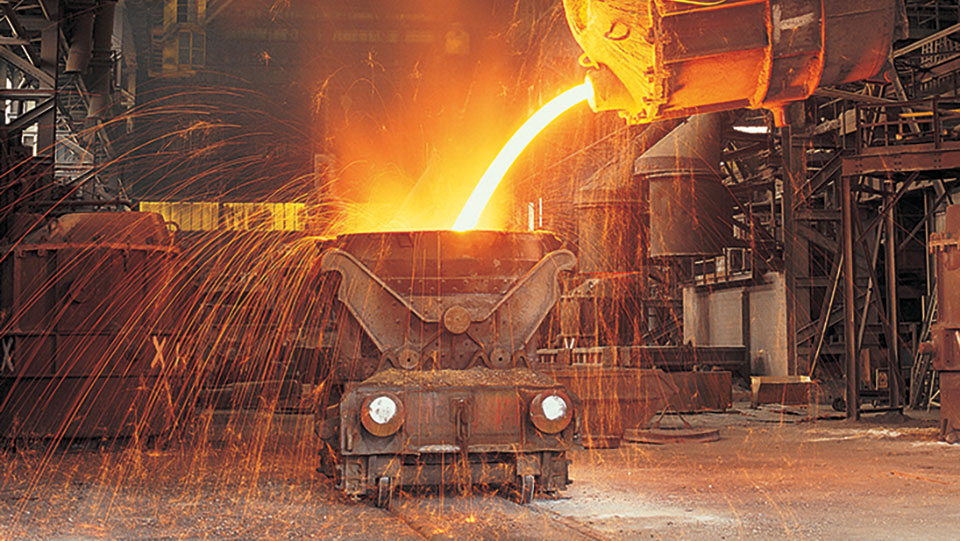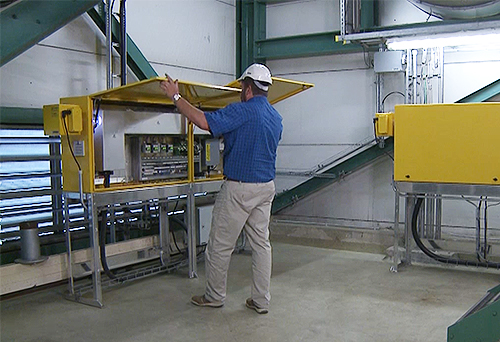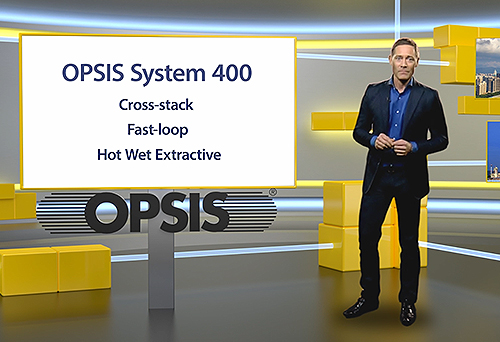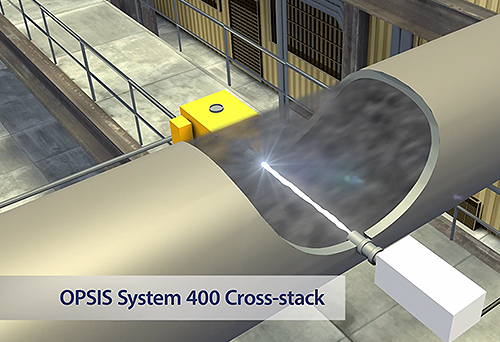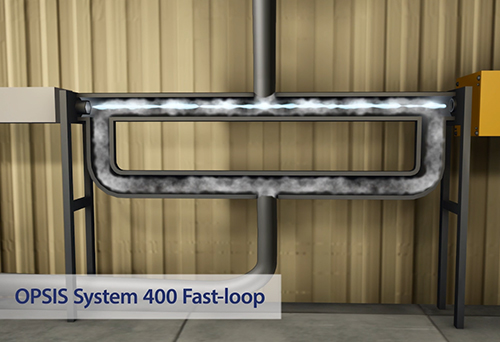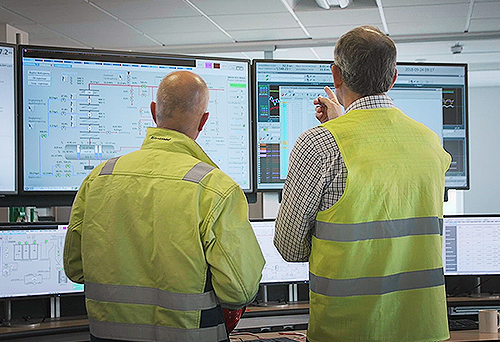Emissions monitoring in the mining and smelting industry
The environments in and around industries that are a part of producing metals such as steel, aluminum, copper, zinc, etc. are demanding. The processes often involve high temperatures and high dust levels, which can cause many analytical instruments to give up. However, OPSIS non-contact monitoring systems are very well suited for applications in these types of industries.
MANY APPLICATION AREAS
The OPSIS systems for gas analysis can be used in many ways in metal production, among other things to:
- monitor and control the production process
- control flue gas treatment equipment
- monitor emissions to ambient air
- monitor the air quality in the surroundings around the industry
- protect staff and nearby residents through alarms in the event of accidental releases of air pollution.
Also see our dedicated web pages on aluminum smelters and steel industries. More about controlling flue gas cleaning equipment is also available on a separate webpage, as well as information about industrial monitoring of the ambient air through so-called fence-line measurements.

CERTIFIED MONITORING SYSTEMS WITH MANY benefits
The OPSIS monitoring systems are based on gas analysers that have short response times, are accurate, and require minimal maintenance. The monitoring takes place contact-free along light beams where gas molecules can absorb parts of the light. In process monitoring, light beams can be sent either through the ambient air or through gas ducts. When monitoring emissions, light beams are sent through the flue gas ducts that lead to the stacks, or some of the flue gases are led into measurement cells through which the light is sent. Fugitive emissions can be monitored outside the facility. The light is captured and led via optical fibres to the analyser which measures the absorption and calculates the gas concentrations.
A single analyser can measure several types of gases along several light paths. This gives a very cost-effective monitoring system. Many gases typical for the smelting industry can be monitored, for example hydrogen fluoride (HF), sulfur dioxide (SO2), and hydrogen chloride (HCl), but also nitrogen oxides (NOX), carbon monoxide (CO), and carbon dioxide (CO2).

GAS ANALYSIS WITH OPSIS
There are multiple reasons for choosing OPSIS as supplier of systems for gas analysis. Among the key benefits of the methods and solutions offered by OPSIS are:
- works excellently also in highly corrosive environments, at high temperatures, and at high dust levels
- the equipment can be easily protected from high electromagnetic fields
- one system for all components
- a single system can measure at several monitoring points
- combines the benefits of the UV-DOAS, FTIR-DOAS, and TDL techniques
- best performance according to QAL1 certification
- longest calibration interval according to QAL1 certification
- optional automatic QAL3 control
- non-contact monitoring, no sampling
- long maintenance interval
- low energy consumption
- gas calibration only once a year
- thousands of systems installed worldwide
- certified by, among others, German TÜV and under British MCERTS standards.
